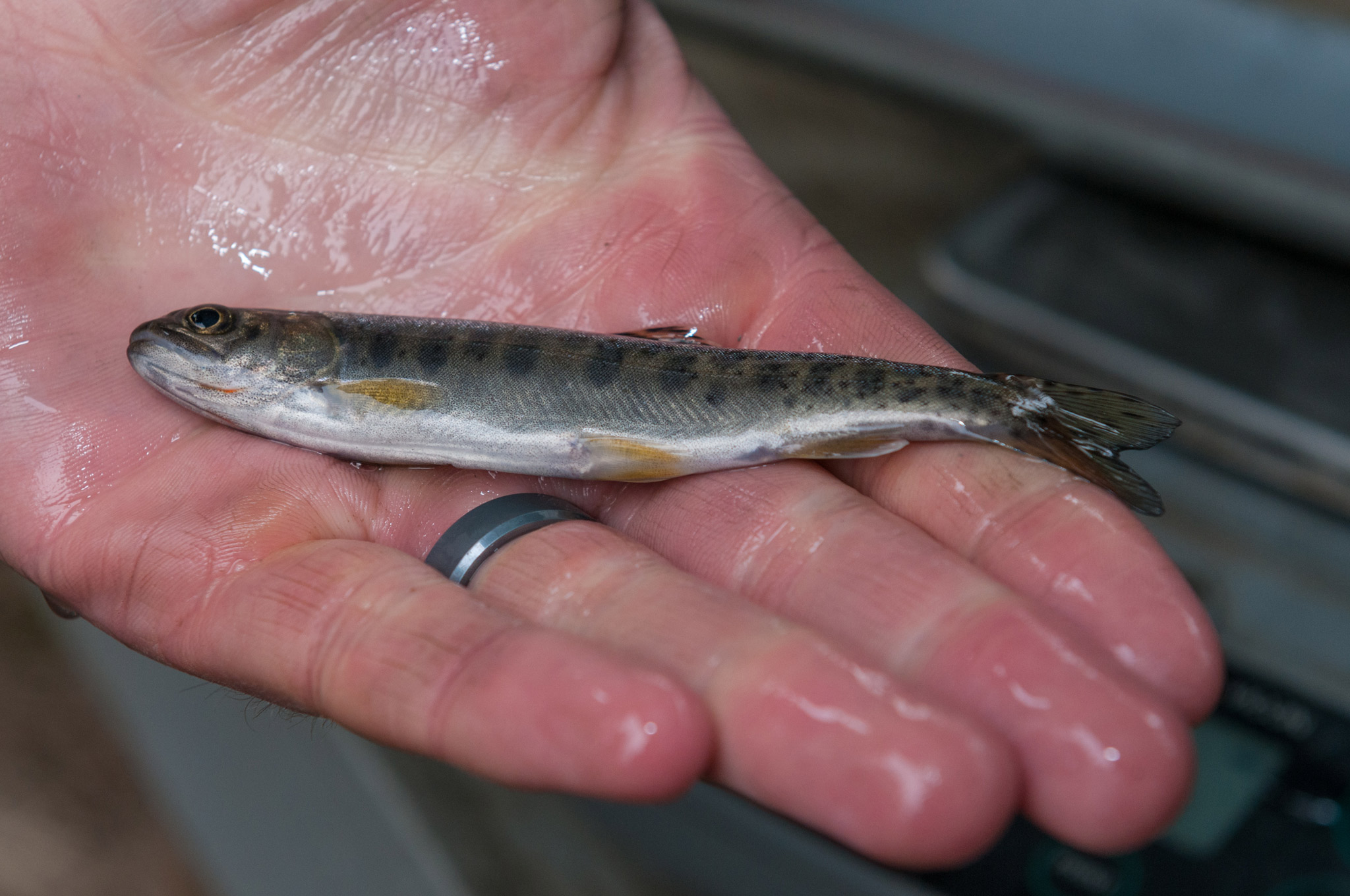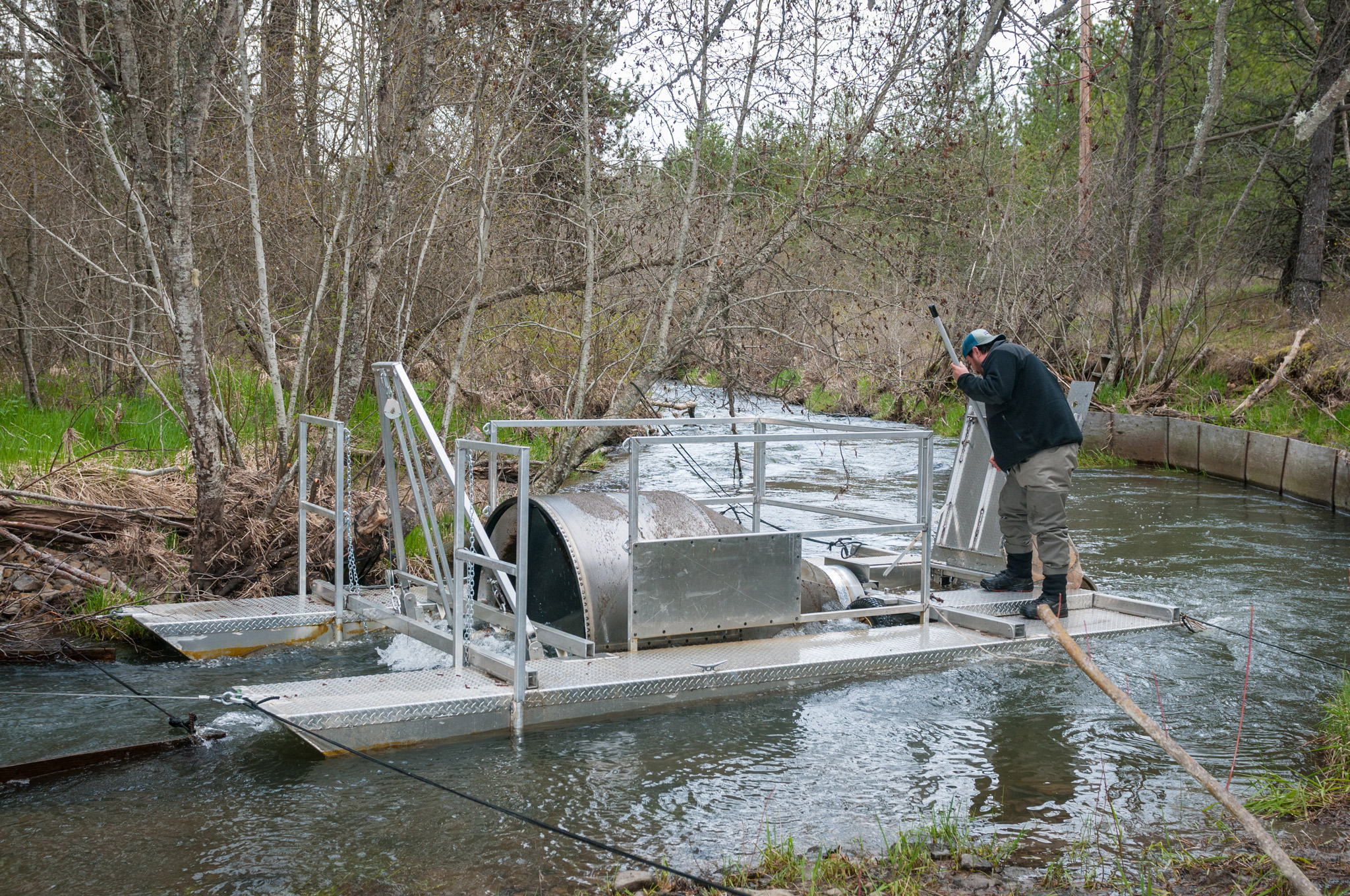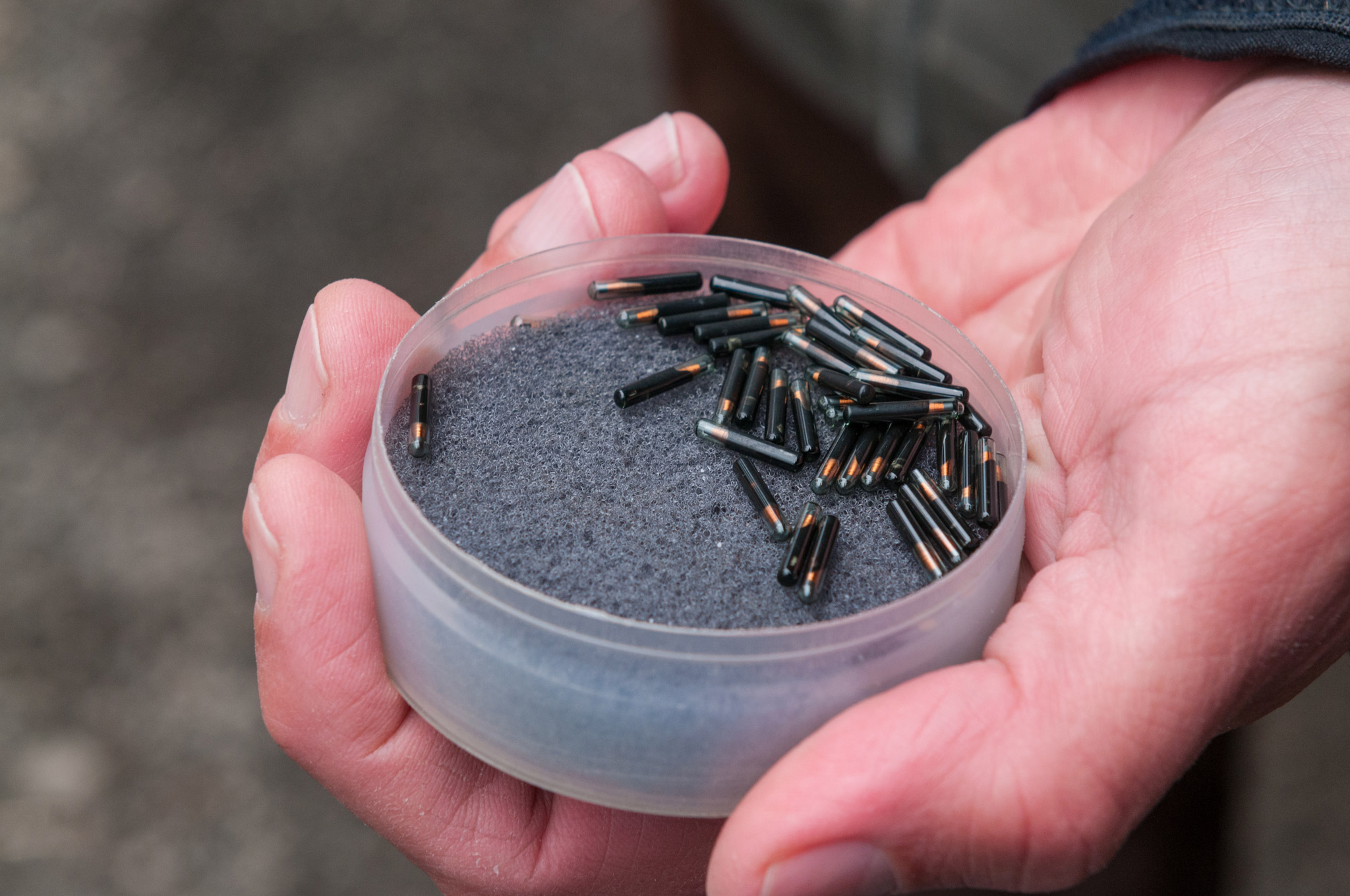Coeur d’Alene Tribe Battles for Cutthroat Trout
The people of the Coeur d’Alene tribe believe everything has a spirit. Every coyote, eagle, willow and rock is an individual with a unique soul and purpose on this earth.
However, it goes even deeper than that. They view every living creature as a person, not something to be tamed or owned, but respected and honored. There are people of the sky, people of the land and people of the water; each put here to care for us as we are expected to care for them. They even tell a story of how coyote assisted in turning lake Coeur d’Alene blue.

The Tribe’s relationship with the land and water is deeply spiritual, a sentiment and belief passed down from ancestors. They believe one should take only what’s needed from the land and nurture it to maintain a harmonious connection. The Coeur d’Alene people believe their purpose is especially to care for Lake Coeur d’Alene, which they describe as the heart of the Tribe’s homeland and reservation. It is this distinct view the Tribe brings to the table when it comes to conservation efforts with non-native entities.
One of the gravest concerns for the Coeur d’Alene Indians at the moment is for the people of the water, specifically, the westslope cutthroat. Unfortunately, due to polluted and degraded streams, overfishing and the introduction of Northern Pike (a predator of westslope cutthroat), the population of this trout species is only a fraction of what it once was.
For ages, the Tribe has used the westslope cutthroat trout as their main source of sustenance from the lake. The trout were once so plentiful that a single day of fishing would fill their canoes.
The resulting efforts of the Tribe to restore the revered westslope cutthroat trout are admirable, to say the least. The degradation of the tributaries where the trout spawn is perhaps the most difficult to reverse. Due to mining pollution and farming alongside the streams and creeks, the habitat that once supported these fish is severely impaired. However, with the help of tribal members and government agencies, the potential for these tributaries to bounce back is promising.
One of the activities the Tribe is doing to restore spawning habitat is re-establishing the riparian zone, the vegetation alongside the streams. The riparian zone plays an important role by providing shade for the eggs, keeping the water at a balmy 43-46 degrees Fahrenheit, preventing evaporation and allowing bugs to fall into the streams from the overarching branches, thus feeding the young trout. In order to maintain the riparian zone and the overall health of the spawning grounds, tribal members have been planting indigenous shrubs and grasses along the creeks and streams as well as devising programs to help farmers explore strategies for growing crops and raising cattle.
Story continues after a quick message from our sponsor below.
Another restoration undertaking by the Coeur d’Alenes is placing wood fragments in unambiguous points along the creeks. Woody debris is an important factor for trout survival while in streams. Logs going across creeks and branches piled up in stream beds create shelter for fish not just from predators but also from fast currents. In addition, this debris helps divert streams, which forge bends and curves indicative of a healthy tributary
Similar to many fish populations across the globe, overfishing has also taken its toll on the westslope cutthroat trout. The current regulations allow for catch and release for non-native folks while natives are allowed to keep two trout per person in some limited areas within their waters. In spite of having a legal right to keep trout, the Coeur d’Alene Tribe has decided to refrain from fishing this particular species in a considerate effort to see the populations they once enjoyed rebound.

Perhaps the most provocative action being taken in order to restore the westslope cutthroat is the displacement of the non-native Northern Pike. The Tribe and the State of Idaho have been working jointly to capture the predatory Northern Pike in the south end of Lake Coeur d’Alene and move them north away from trout habitat.
This coerced migration has become somewhat of a game among anglers with cash prizes at stake. Numbered tags are injected into the pike that are then released back into the water. The tags are not visible to the fishers, so once caught, the angler must bring the pike to the Fish and Game station to be verified. If a tag is present, the angler receives a payout of $50-$500. Fisheries managers hope this incentive along with unlimited Northern Pike quotas will suppress the pike population enough to allow a recovery of the westslope cutthroat.

With this extraordinary effort to help the people of the water, the question remains whether these actions are making a difference among westslope cutthroat trout populations in Lake Coeur d’Alene. Although the population is far from recovered, biologists have noticed an increase in the survivability of the trout where all these efforts have been put into action. In other words, more trout are making it to adulthood and returning to their natal streams to spawn. In one tributary stream that has been beneficiary of this work at this time, there are about 300 fish returning to spawn, which produces about 8,000 juveniles that make it back to the lake. This is a positive step in the right direction and with enough gumption on behalf of the Tribe and other managing agencies, the full restoration of these fish is not such a far-fetched dream.

The Coeur d’Alene Indians care for these trout not because of bureaucratic obligation or aesthetics, but because of a deep sense of purpose and respect. They are eager to see the trout returned to their former state and perhaps once more begin filling boats. They are doing this for the sake of the fish and their way of life but also for the betterment of everyone in the region. To the Tribe, a healthy lake benefits all, whether you are people of the water, people of the sky, people of the land or just people. We are all in this together.
By Meegan Corcoran
Photography by Joel Riner
As Featured In: Summer/Fall CDA 2017



